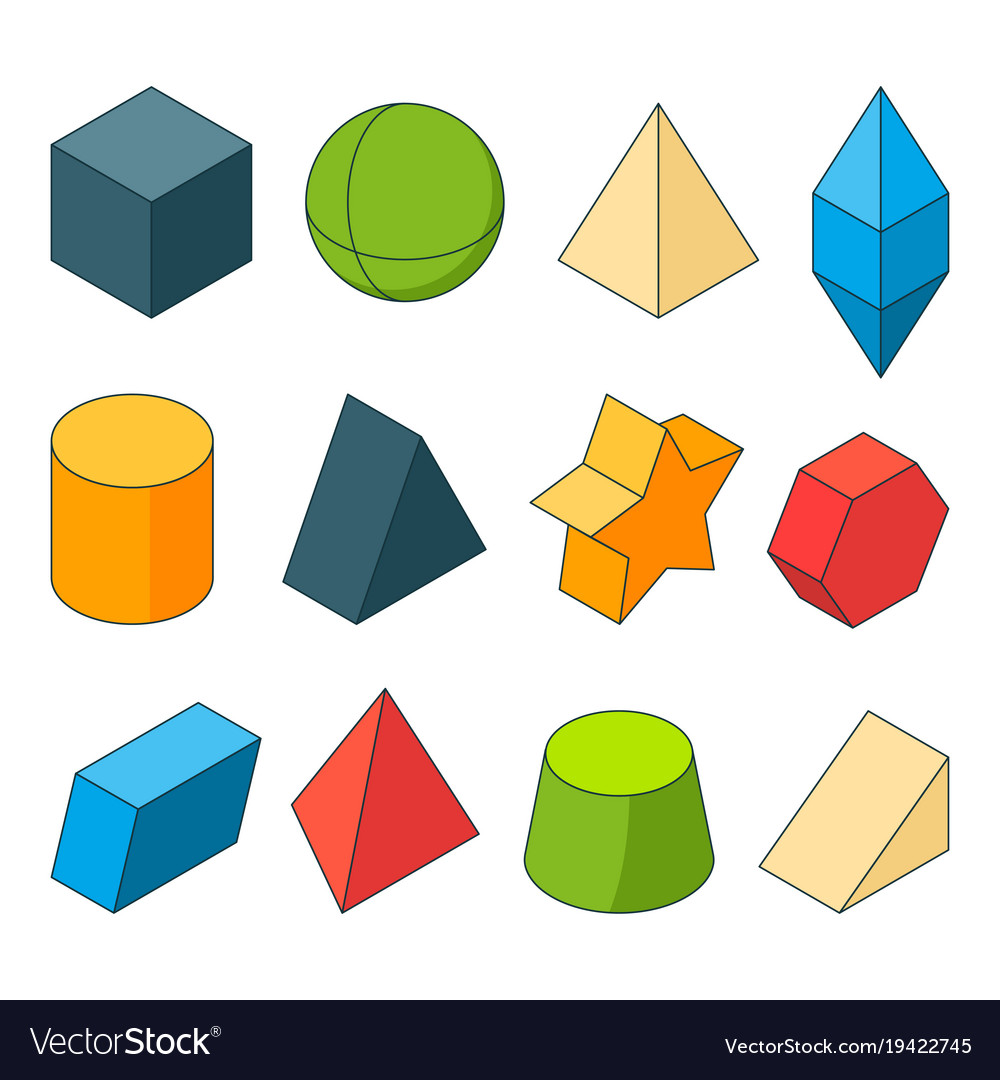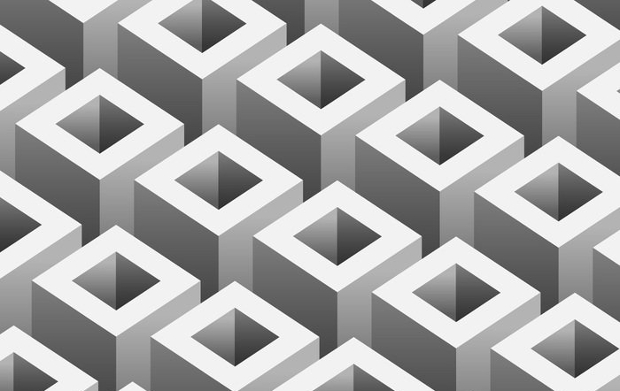

Examine 3D shape in Augmented Reality! Place the solid on your desk without the need to print and fold them!įor more information, please visit our website: If have any problems or suggestions you can reach us at ‘Shapes’ does not contain advertising, in-app purchases or any other downloadable content.

Align to a basic position by double tap Zoom in and out by pinch and spread gestures Build solids from scratch in Nets Creator mode Learn about the number of faces, edges and vertices for each solid Unfold shapes into different net combinations Choose from a variety of prisms, pyramids, Platonic solids and solids of revolution
GEOMETRICAL SHAPES IN 3D MANUAL
From now on there is a save and print option available for each net so that the kids can explore solids outside the app and improve their manual skills as well. It was specifically prepared to support the teacher in the classroom, but can also be used as a tool for self-study. The app was verified and approved by the Faculty of Mathematics and Computer Science at Adam Mickiewicz University of Poznan. It can help to create interest and enthusiasm in school mathematics classes at all levels. Shapes use the power of mobile devices to enhance teacher capabilities and provide possibilities to show things that cannot be shown with physical tools. Build solids from scratch with a new Nets Creator mode and discover hundreds of unique net combinations. Start from the simplest and gradually explore the most complex ones. If you enjoyed it, then be sure to give us a thumbs up, and subscribe to our channel for further videos.Have you ever wondered how many edges do you need to create a dodecahedron? With this app, you can learn, teach, explore and play with a lot of various 3D solidsĭiscover a fascinating world of 3D shapes like prisms, pyramids, solids of revolution and Platonic solids. I hope that this video over 3D geometric shape identification has been helpful. Understanding 3D shapes and their properties are very important, and will help you to do much more, like calculate volume. A cube has twelve edges.Ī vertex (or vertices when you are referring to more than one) are the corners, or where the edges come together. A cube has 6 faces.Įdge refers to the where two faces connect. Three-dimensional polyhedrons have faces, edges, and vertices.Ī face refers to the surface of a three-dimensional shape. Now, let’s talk about the properties of a three-dimensional shape. Width refers to the measurement of something from one side of a segment, to the other side.ĭepth (or height) refers to the distance from the top of a segment to the bottom. Length refers to the measurement of something from one end of a segment, all the way to the other. In this video, we will focus on polyhedrons. A curved three-dimensional shape would be like a sphere, cone, or cylinder. A polyhedron is a three-dimensional shape with all flat faces. So, what is a 3D shape? Well, 3D stands for three-dimensional those three different dimensions are: length, width, and depth (or height) for a polyhedron, and base, radius, and height for a curved three-dimensional shape. Hey guys! Welcome to this Mometrix video on 3D Geometric Shape Identification.įirst, what we will do is take a look at what a 3D shape is, then we’ll look at the different properties of a 3D shape.


 0 kommentar(er)
0 kommentar(er)
